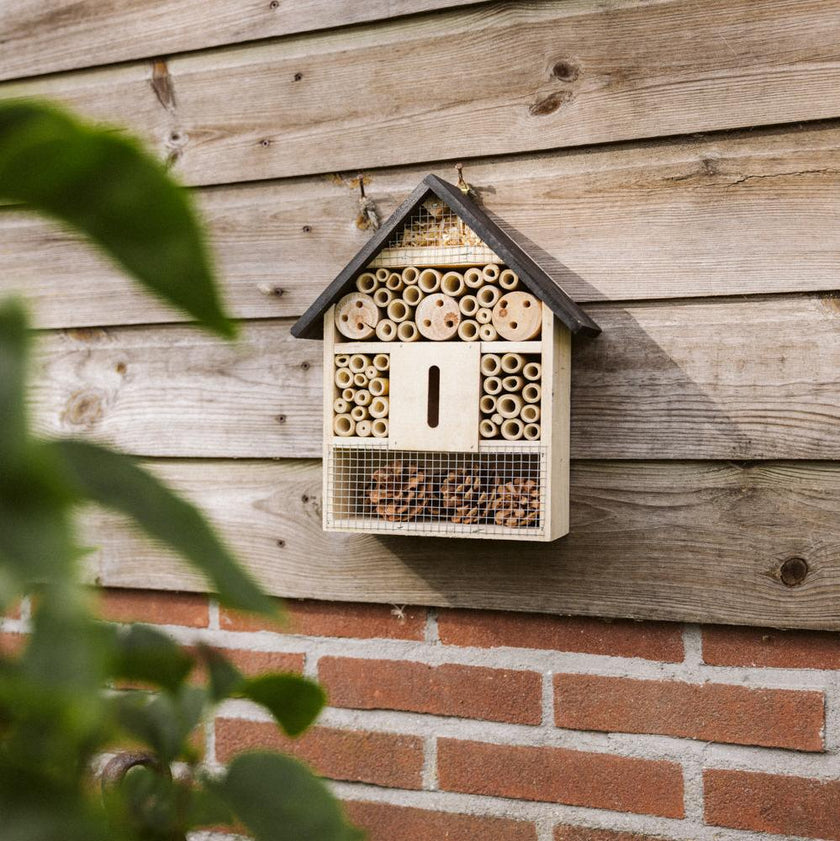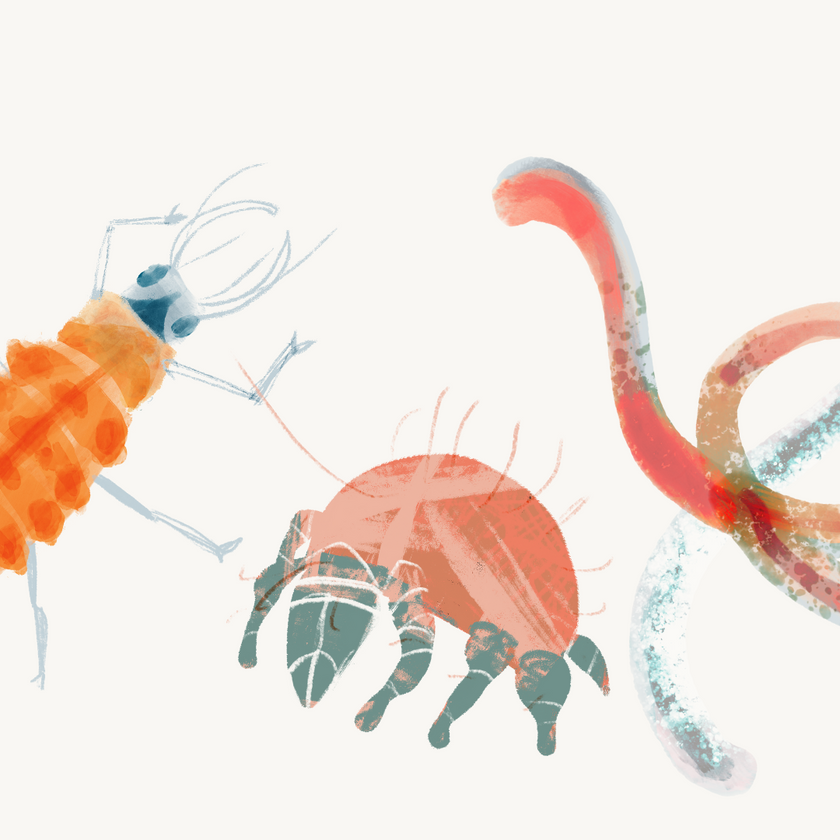A beautiful modern garden with sleek boxwood hedges: unfortunately that is a thing of the past once the boxwood caterpillar has passed by. The small caterpillar can cause unseen damage to your beautiful garden. Where do box tree moths come from and how do you get rid of them naturally?
Invasive exotic species
The boxwood moth actually does not belong in the Netherlands at all. The moth was accidentally brought from Asia. In 2007, the Asian moth was accidentally imported from Asia to Germany.The moth has been spotted in the Netherlands since 2007. Especially in 2018, a lot of damage was caused by the box tree caterpillar in Dutch gardens. Many people have replaced their boxwood shrubs with another species during that time.
Fewer box tree caterpillars have been spotted since 2018, but the hungry creatures are still present in Dutch gardens.
Recognizing box tree moths
Box tree moths are white in color, with a dark edge. They are nocturnal animals, so you will rarely see them flying during the day. The box tree moths lay eggs, after which the caterpillars crawl out of their cocoon.To prevent box tree caterpillars, it is best to hang the Buxa trap . This way you can discover early whether you are suffering from box tree moths and prevent a lot of damage. It is best to hang the trap from early June to late August, when the moths are flying.

Recognizing boxwood caterpillars
The caterpillars are difficult to recognize when they are young, as they have the same color as the green boxwood leaves. The caterpillars are easy to recognize by their black heads. As they get older they also have clear black longitudinal stripes on the body. The hungry creatures like to hide a little deeper in the boxwood bush to eat the leaves. So it takes some searching to find them.
When to combat boxwood caterpillars
The box tree caterpillars can be controlled as soon as you find them in the plants. The best time to combat is early spring, before the next generation can emerge. This is best done with Felti nematodes, at a temperature of 12 °C . If you discovered the pest later, it is no problem to combat it with Carpo nematodes in the summer. In the autumn, below 12 ° C, Felti can be controlled again.How to combat boxwood caterpillars
Felti and Carpo nematodes are the natural enemy of the box tree caterpillar. The nematodes are dissolved in water and sprayed on the box tree caterpillars. The microscopic nematodes penetrate the caterpillars, after which a bacterium is released. This bacterium kills the caterpillar within a few days. It is very important to hit the caterpillars directly with the nematodes, as the nematodes cannot move far.Detailed information about the box tree moth and box tree caterpillar can be found on the relevant pest page . Good luck with biological control!

















































